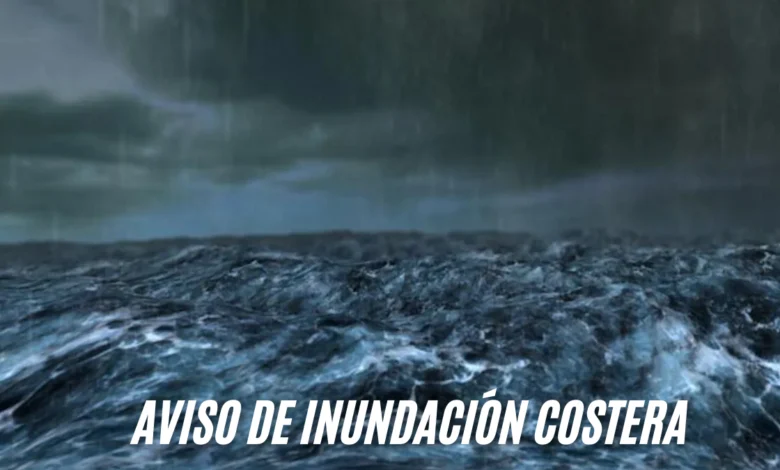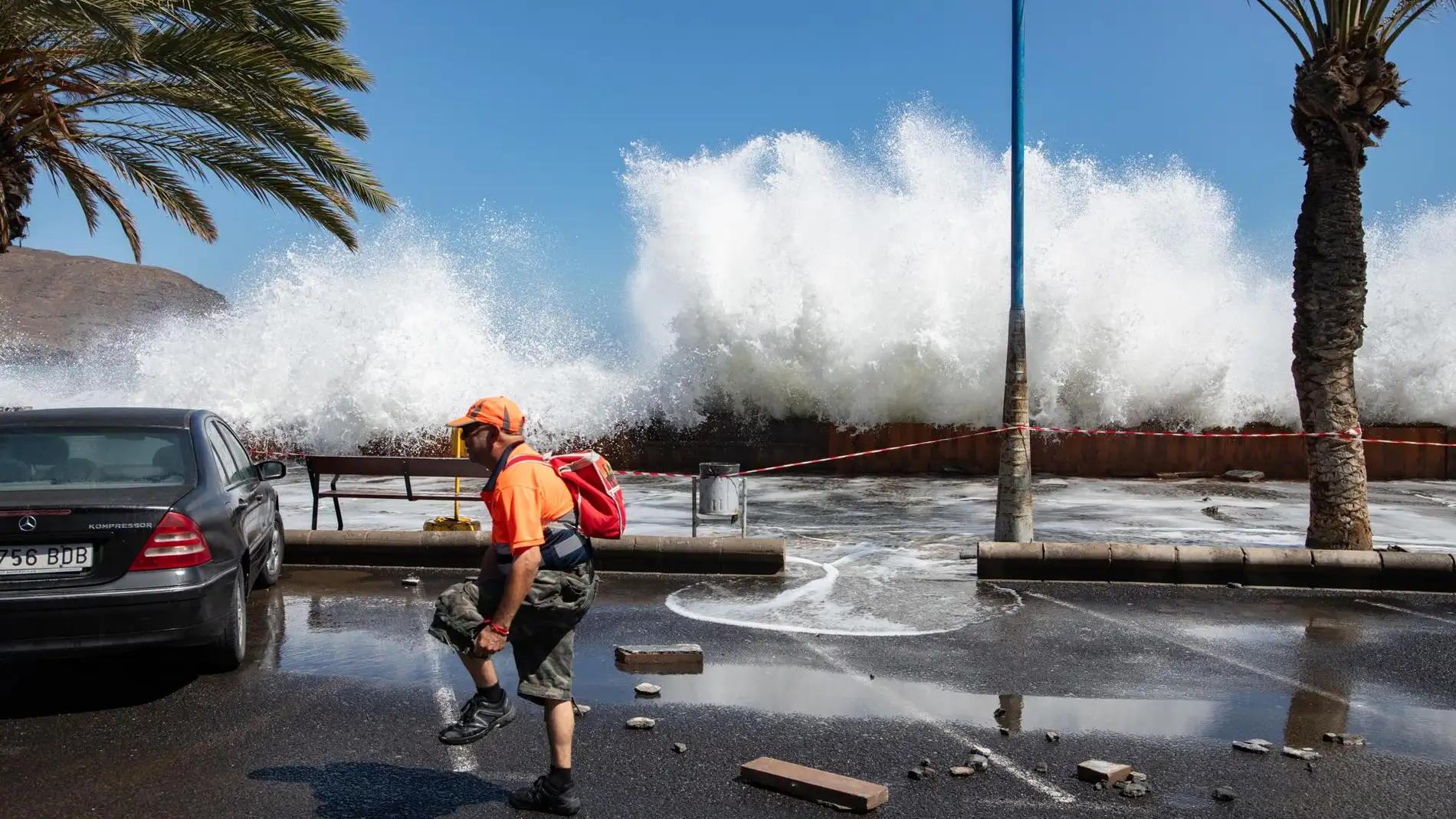Understanding Coastal Flood Warnings: ‘Aviso de Inundación Costera: What you need to know’

A coastal flood warning, or “aviso de inundación costera,” is a critical weather alert issued by weather agencies when sea levels are rising, a storm surge or a tidal component of the water is flooding the coast. These warnings do a lot of great work in assisting residents and guests to prepair for potentially risky conditions. Learning what these warnings mean, how the information is used and how to stay safe while the water is putting your home at risk during a coastal flooding event can help save lives and properties.
What Is a Coastal ‘Aviso de Inundación’?
A coastal inundation warning is an alert that indicates the potential for flooding on coastlines occasioned by unusual sea conditions. A large range of other factors can trigger this, including hurricanes, storms or other weather systems which cause water levels to rise above normal.
The main intention of these warnings is for people that actually live in coastal zones as well as the tourists who come to these zones. Sea levels are rising and if storms hit, combined with heavy flooding, it can be devastating. Very fast can flood waters engulf homes, businesses, and infrastructure putting anyone living in the affected area in hazardous conditions.
It usually warns of the areas most likely to be flooded and when that flooding is likely to happen. Evacuation routes, emergency shelters, etc. are often given by other local authorities in addition to that.
Causes of Coastal Flooding: Why It Happens
For instance, any flooding along the coast could be due to a number of reasons but it is important to know the main triggers which can lead us to the risks. Here are some of the most common causes of coastal flooding:
1. Storm Surges
Coastal flooding is one of the most common causes of coastal flooding — and storm surges. When strong winds from hurricanes or other large storms push water toward the shore, water levels rise rapidly. It can cause extensive flooding, especially in low lying coastal areas.
The problem with storm surges is that they can happen fast, with very little warning. The storm’s powerful winds can also be large enough to whip huge amounts of water inland, flooding homes, roads, and towns even if the storm itself is many miles offshore.
2. High Tides and King Tides
Coastal flooding sometimes occurs with or without any storm activity. During the phenomenon called ‘king tides,’ it is high tides and often water overflows onto land. King tides are the biggest of the year and are driven by how these three bodies line up.
Naturally occurring king tides are mushrooming as seas rise due to climate change. Even normal high tides will cause flooding in coastal areas that are vulnerable to flooding as seas levels rise. While these ‘nuisance flooding’ storms may not be as dramatic as storm surges they can still cause damage and ruin peoples lives.
3. However, heavy rainfall combined with storms.
Heavy rainfall is another key factor for coastal flooding. Rain on a stormy day that dumps a lot of unfiltered water in a very short period can drown drainage systems and make rivers and creeks run over their banks. Under storm surge or high tide conditions, this makes for the ideal flooding recipe.
Furthermore, the risk of flooding is especially high in urban coastal areas where there is much pavement and little green space to soak up water. But that rainwater can’t actually do anything — there’s nothing for it to get to, and it can really pool, creating situations that are dangerous for anyone stuck in the area.

Coastal Flood Warning Issued; What to do
Don’t play down an ‘aviso de inundación costera‘, it is a warning worth heeding. The reality is that coastal flooding can be life threatening, which is why it is so important to know how to respond quickly and efficiently to protect yourself and your family.
1. Stay Informed
Monitor local news, weather reports and emergency alerts as soon as you get a coastal flood warning. The authorities will keep as regular an update on the situation as possible — such as which areas are at most risk, when water levels are expected to peak and when the flood is likely to recede.
There are a ton of regions that have emergency notification systems that will send you an alert directly to your phone or email. Now make sure you’re registered on these alerts so that you get the latest.
2. Prepare Your Home
Whether you’re in a coastal area or not, it’s always a good idea to have a flood preparedness plan. Knowing how to protect your home from rising water is also part of this. If you can, move valuable items to higher places, or if not throw sandbags or some other barrier to prevent water entering your home.
It’s also important to have an emergency kit ready with food, water, flashlights, batteries and first aid supplies. If plenty of time before the flooding, secure outdoor furniture or any other item you can’t afford to lose to floodwaters.
3. Follow Evacuation Orders
Do not ignore if local authorities issue an evacuation order. Coastal flooding can occur extremely quickly and when the water begins its rise, it may be too late to escape safely. After the routes recommended by emergency personnel, evacuate as soon as possible.
Make sure you have some plan of where you’ll go and how you’ll get there. Do your pet just as much planning as your family escape plan. Don’t put off leaving until the very last minute because floodwaters can often make roads impassable, too.
Coastal Flooding Long Term Impact
Coastal flooding can be long lasting. Beyond the first line of defense for life and property, repeated flooding can destroy the structures that stabilize our environment and cause economic harm.
1. Erosion and Environmental Damage.
Coastal erosion from the sea often depends on flooding, which accelerates the land from the sea by gradually wearing it away. That can make future flooding events likely even more. Saltwater intrusion can also cause problems for Coastal ecosystems, such as Wetlands and Marshes.
2. Damage to Infrastructure
Flood waters are dangerous not only to life, but to infrastructure as well: roads, bridges, utilities. Those that are prone to frequent flooding take months, or even years, to repair, if repairs can be made at all. This can force business to close temporarily which will cause financial losses for local economies.
3. More Vulnerable to Future Flooding
Many coastal communities will become more vulnerable to flooding because sea levels are continuing to rise. Past areas that have been rarely flooded may begin to flood more frequently. This can result in higher insurance premiums, property devaluation and displacement of residents.
Conclusion: Living Safely in the Face of Coastal Flooding
A ‘aviso de inundación costera’ — or coastal flood warning — should never be disregarded. Knowing why coastal flooding happens, knowing what to do before and during a coastal flood event, and taking protective measures for yourself and your property are all keys to surviving coastal flooding.
Of course, it is impossible for you to prevent full blown coastal flooding entirely, but you can surely lessen its effects by being prepared and listening to the advice of your local emergency personnel. If you live in a coastal area or will be out visiting, being informed will most definitely make all the difference if you’re out there and the waters are beginning to rise.